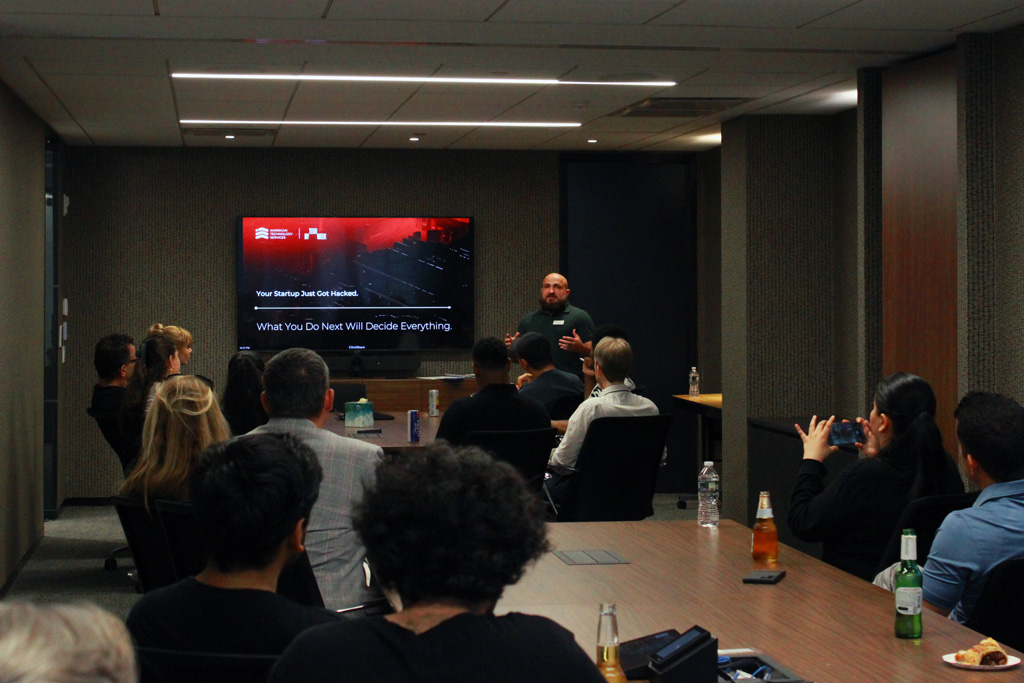Black Box Testing
An Essential Technique in Vulnerability Assessment and Penetration Testing
In the vast realm of cybersecurity, Black Box Testing emerges as a vital practice. This method, also known as behavioral testing, is pivotal in vulnerability assessment and penetration testing (VAPT), offering an external view of the system under test without knowledge of its internal workings.
Understanding Black Box Testing
The fundamental idea behind black box testing is assessing the system purely from an outsider’s perspective. This form of testing doesn’t rely on any prior knowledge of the system’s internal architecture or the code. Testers use the system as any end user would, checking for functionality, input handling, and overall behavior without needing to understand how the system operates internally.
Black box testing can be compared to testing a mystery machine. You don’t know what’s inside or how it works, but you do know what results to expect when you operate its controls. If you push a button and get an unexpected result, you’ve identified a potential flaw or vulnerability.
Black Box Testing and Its Role in VAPT
Penetration testing, or ‘ethical hacking’, is a method that simulates real-life attacks on a system to pinpoint vulnerabilities. Vulnerability assessment, on the other hand, involves identifying, quantifying, and prioritizing the vulnerabilities in a system. Both these techniques, when coupled with black box testing, offer a user-centric perspective of system security and vulnerability.
Here’s how black box testing contributes to a robust VAPT process:
- Real World Simulation: Black box testing best simulates the actions of an actual attacker. As most real-world attackers do not have access to the source code, black box testing provides a realistic assessment of potential threats and vulnerabilities.
- Focus on Functionality: Black box testing looks for discrepancies between expected and actual outcomes. This can uncover faults in functionality, security features, data structures, and database access, providing insights into how to bolster security.
- Ease of Testing: Since black box testing doesn’t require knowledge of the system’s internals or programming language, testing can start as soon as requirements are defined. This means potential vulnerabilities can be identified and addressed early in the development cycle.
- Exposing Input/Output Threats: By focusing on inputs and their corresponding outputs, black box testing can expose vulnerabilities like improper handling of data input, injection attacks, and more.
The Future Of Black Box Testing
The field of black box testing is evolving as technologies continue to advance. The integration of AI and machine learning could streamline the testing process, enabling automatic identification of potential vulnerabilities based on patterns and previous experiences. Furthermore, techniques like fuzzing, which involves sending random, unexpected inputs to a system to provoke crashes or failures, can be a powerful tool in black box testing.
As the complexity of cyber threats increases, the combination of black box testing with other testing methods, such as gray box testing (a hybrid of black and white box testing), can provide a more comprehensive approach to VAPT.
In conclusion, black box testing plays an integral role in vulnerability assessment and penetration testing. By treating the system as a ‘black box’, it simulates real-world attacks, thereby exposing potential vulnerabilities. As the future unfolds, black box testing will continue to adapt, paving the way for increasingly secure systems.
Featured Articles
Articles / On June 5, ATS opened its doors for NY Tech Week and turned a 6th-floor downtown office into...
Articles / Businesses and individuals face a rapidly growing menace. Account Takeover (ATO) fraud is a sophisticated cybercrime reaching alarming...
Articles / Businesses are increasingly threatened by Distributed Denial of Service (DDoS) attacks. These attacks are designed to disrupt network...
Articles / The demand (and need) for ensuring system and data security is greater than ever and increasing at an...



